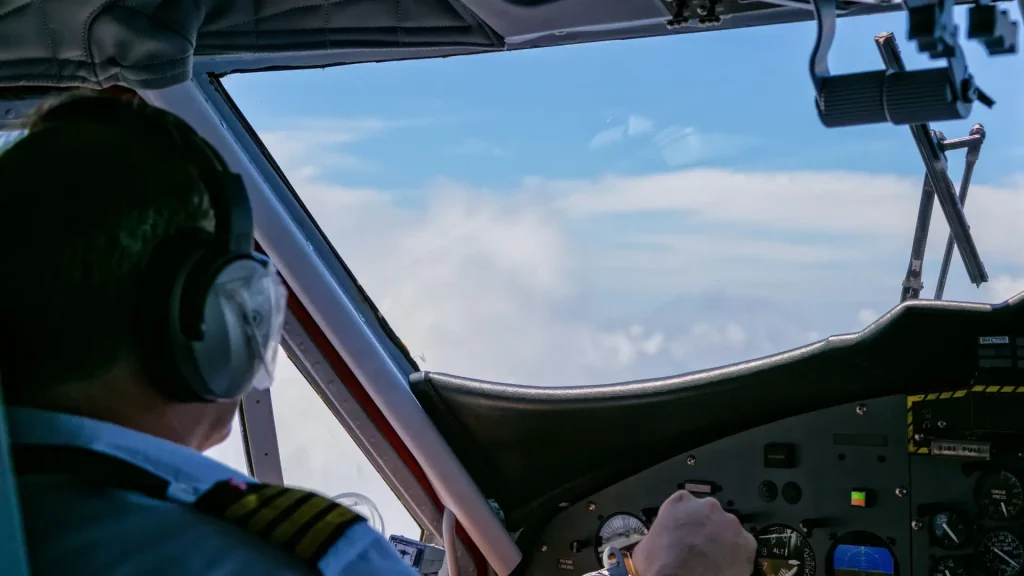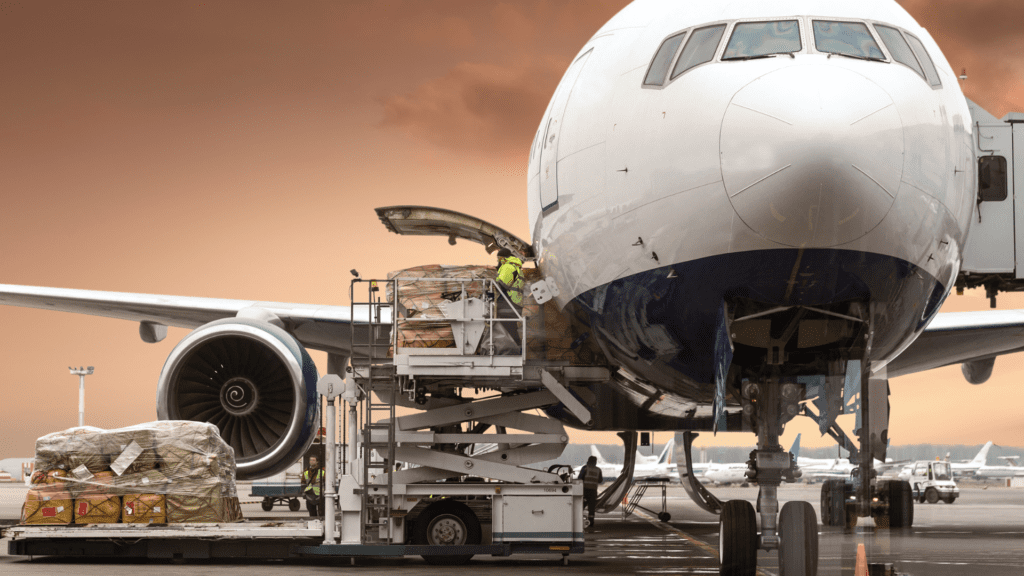Shipping goods via air freight means navigating a fast-paced, high-altitude environment where your cargo faces unique challenges. To make sure everything arrives in perfect condition, it’s crucial to follow the best packaging practices. In this guide, we’ll walk you through the key steps to protect your items and ensure they reach their destination safely and efficiently.
Understanding the Importance of Proper Packaging
Proper packaging for air freight is crucial for several reasons. The rapid movement and multiple transfers between aircraft, trucks, and warehouses expose your goods to a higher risk of damage. Additionally, strict airline weight and size limitations require efficient and compact packaging to avoid extra costs. Ensuring your packaging meets international regulations is also key, as it helps prevent delays and potential fines during transit.
Choosing the Right Packaging Materials
Selecting appropriate packaging materials is the first step in securing your shipment. Here’s what you need to consider:
Durable outer packaging: Choose materials that can withstand rough handling and environmental factors. Corrugated fibreboard boxes are a common choice, offering a good balance between weight and strength. For heavier items, wooden crates or metal containers may be a better option.
Inner packaging materials: Cushioning materials like bubble wrap, foam, and air pillows help protect items from shocks and vibrations. Ensure that fragile items are wrapped individually and placed securely to prevent movement.
Sealing materials: Use strong, high-quality sealing tape to secure your packages. Water-activated tape is a good option as it bonds well with cardboard, providing a more secure seal. For heavy or bulky items, consider using metal or plastic strapping.
Optimising Package Size and Weight
Airlines impose strict size and weight limits, so optimising your packaging is essential to avoid excess charges. Here’s how to do it:
Right-sizing: Choose a box just large enough for your items with sufficient cushioning. Avoid oversized boxes to prevent unnecessary dimensional weight charges.
Weight distribution: Evenly distribute the weight across the package to prevent shifting during transit. This also makes handling easier for logistics personnel.
Minimise empty space: Fill any voids with appropriate cushioning materials to prevent items from shifting and reduce the risk of damage.
Labelling and Documentation
Accurate labelling and documentation are crucial for smooth air freight movement. Keep these points in mind:
Clear labelling: Label all packages with the recipient’s name, address, and contact details. Include special handling instructions like “Fragile” or “This Side Up.”
Barcodes and tracking labels: Use barcodes and tracking labels for easy scanning and tracking during shipping. Most carriers offer this service.
Documentation pouch: Attach a pouch to the outside of the package with essential documents, such as the airway bill, commercial invoice, and packing list, for easy access by customs and logistics personnel.
Securing Hazardous and High-Value Items
Shipping hazardous or high-value items requires extra precautions due to the risks involved:
Hazardous materials: Comply with IATA (International Air Transport Association) regulations for the shipment of hazardous materials. Use UN-approved packaging, label the package with the appropriate hazard symbols, and include a Material Safety Data Sheet (MSDS).
High-value items: For high-value items, consider using tamper-evident seals and GPS tracking devices. Packaging should be discreet, avoiding any labels or markings that indicate valuable contents.
Temperature-Sensitive Shipments
For temperature-sensitive goods like pharmaceuticals or perishable food items, specialised packaging is essential:
Insulated packaging: Use insulated boxes or thermal blankets to maintain a stable temperature. Gel packs or dry ice can keep items cool during transit.
Monitor temperature: Include temperature-monitoring devices inside the package to ensure items stay within the required range, vital for regulatory compliance and quality control.
Stacking and Palletising
For larger shipments requiring palletising, proper stacking and securing are crucial. Here are some tips:
Even distribution: Stack boxes evenly on the pallet to ensure balanced weight. Avoid overhanging boxes to prevent damage during handling.
Securing the load: Use shrink wrap or stretch wrap to prevent boxes from shifting. For extra security, add straps or bands to hold the boxes in place.
Label the pallet: Clearly label the pallet with destination details and handling instructions. Attach labels to the sides so they remain visible even if stacked.
Handling Fragile Items
Take extra care to prevent breakage of fragile items. Here are some key practices:
Double-boxing: For extremely fragile items, consider double-boxing. Place the item in a small box with ample cushioning, then place this box inside a larger one with additional padding.
Labeling: Clearly label the package as “Fragile” and indicate the correct orientation of the package with “This Side Up” arrows.
Shock indicators: Consider using shock indicators on the outside of the package. These devices change colour if the package has been subjected to excessive force, providing a visual cue to handlers.
Compliance with International Regulations
Air freight regulations vary by country, and non-compliance can cause delays, fines, or returns. It’s important to:
Research destination regulations: Understand each country’s import rules, focusing on restrictions, labelling, and documentation.
Keep documentation accurate: Double-check all documents like invoices and certificates to avoid delays or fines.
Insurance Considerations
Insuring your air freight shipment for high-value or fragile items is crucial. Air freight insurance covers damage, loss, or theft during transit. You should:
Assess the risk: Evaluate the risks associated with your shipment, including the value of the goods, the route, and the likelihood of damage.
Choose the right insurance: Ensure the policy covers the full value and all shipping stages, from loading to unloading.
Document the condition: Photograph or video the goods before shipping to support any insurance claims.
Contact CASAIR
Getting air freight packaging right is crucial for ensuring your goods arrive safely and on time. Proper packaging, clear labelling, and adherence to regulations help minimise risks, cut costs, and avoid delays. Whether you’re shipping standard items, hazardous materials, or high-value goods, these practices keep your cargo secure throughout the journey.
If air freight logistics seem like a daunting task — CASAIR is here to help! We simplify the process, guiding you step by step, from packaging to delivery. Get in touch today.











